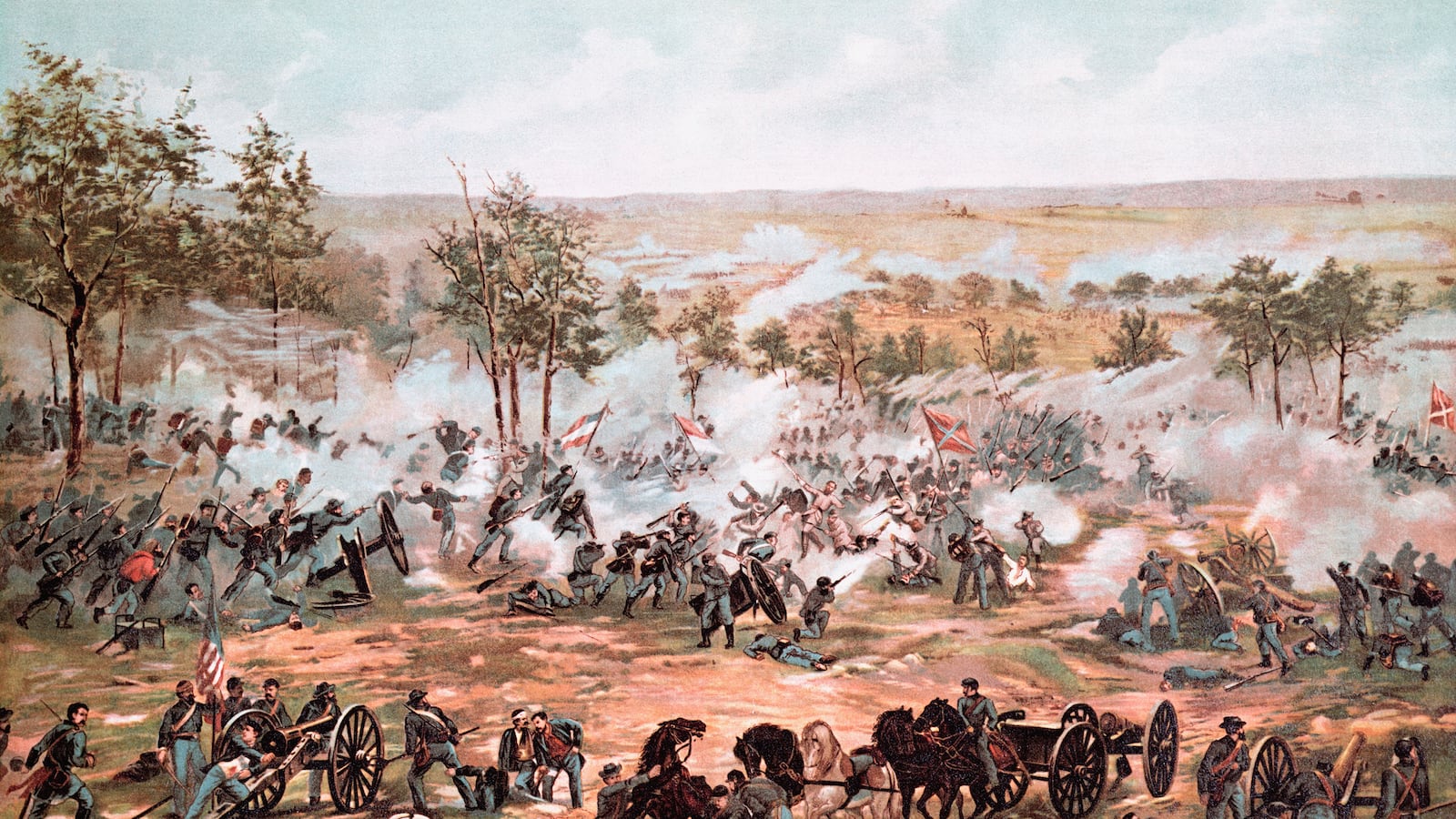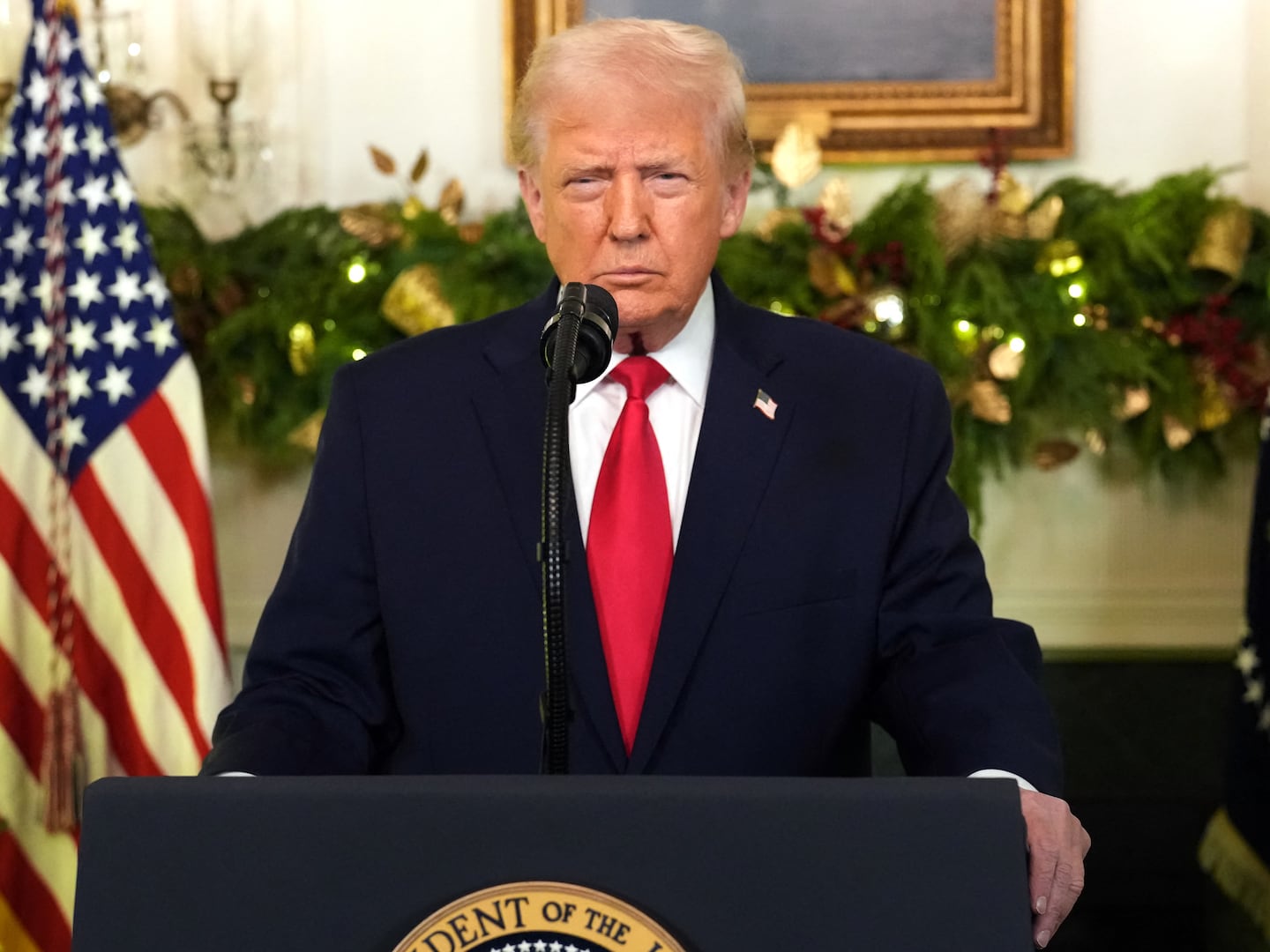The story thus far … In the East the war remains a stalemate, with Robert E. Lee’s Army of Northern Virginia staring across the Rappahannock at that ever-shifting cast of characters called the Army of the Potomac. Every few months the Union forces try to head South; they get beat, and yet nothing much ever changes. In the summer of 1863 Lee attempts to snap that freeze. He takes his troops north into Pennsylvania, in search of the supplies Virginia can no longer provide and stumbles into a town where half a dozen country roads converge, an accidental battlefield called Gettysburg.

But things are very different in the West. There the war seems all movement, all feints and speed and surprise, as a Union army under Ulysses S. Grant and William Tecumseh Sherman sets its lines of march along the region’s many rivers. Gettysburg ends with a Union victory on July 3, and the next day Grant captures the fortress town of Vicksburg, whose guns control the Mississippi, and with it takes control of the “father of waters” itself. The one victory breaks the South as an offensive force; the other launches the flying wedge that will eventually take the Union on to Atlanta and the sea.
This summer marks the 150th anniversary of those battles, and for the past few years two marvelous publishing projects have helped us to note such dates. One is the series called “Disunion” in the online edition of The New York Times, which each week publishes several brief historical essays, most of them precisely keyed to the calendar and marking the events of a century and a half before. Some pieces take on one battle or another, others step back into social history, and as a whole they make up a serial that allows us to trace the day-by-day unfolding of our Civil War. And so, in a far richer way, does the second of those projects.

The Library of America has now released the third volume in a series of four that chronicles the war as “told by those who lived it”: almost 150 documents that include letters from privates and generals alike, congressional and newspaper reports, and even a few words said that November to consecrate Gettysburg’s new cemetery. These books follow the war in all its uncertainties and accidents and contingencies. They let us live in the minds of people who didn’t yet know how it would all come out, and while specialists may have long known and studied most of these pages, I suspect that their ready availability will forever change the way that ordinary readers learn about the war. It is one of the best things that the library has ever published.
The July battles hold the center of the current volume, but they don’t dominate it. There are other things to learn here, and one of them is that the words with which the two sides described the war are as different as anything else about them. Sarah Morgan was 19 when the fighting began, a girl from Baton Rouge who would eventually lose three brothers to the Confederate cause. In the spring of 1863 she found herself in an occupied New Orleans, under the hated Union flag, only to learn that new orders called for the expulsion of anyone who wouldn’t swear his or her loyalty to the United States. On April 30 she opened her diary, noted the anniversary of one brother’s death, and then launched into the enemy. Those who refused to take that pledge were simply being turned out “to starve,” and she rejected the idea that she might ever “unite” with the authors of so inhuman an edict. “Never,” she wrote, “never! Defenders of Charleston, Savannah, Mobile! These are the foes who are striving to overcome you! Deliver your cities in their hands? Die first! O that from the Atlantic to the Rio Grande their vile footsteps should have been allowed to press our soil!”
Morgan was intelligent and perceptive, and her diary stands, along with that of the much older and more famous Mary Chesnut, as one of our best sources about daily life in the Confederacy. Yet a moment like this seems so overblown, so grandiloquent, and so self-consciously heroic that it simply stuns me. Nor can her rhetoric be explained as an individual’s quirk of character. Here, for example, is Capt. Edward O. Guerrant on the death, by friendly fire, of Gen. Thomas “Stonewall” Jackson: “So mighty a warrior,—so dauntless a spirit, so pure a patriot … The Christian Napoleon! A greater than Alexander is dead.”
Not even Lincoln’s assassination would pull anything quite so fevered from a Union pen. There are other differences as well. Lee was famously pious. In planning the invasion of Pennsylvania he wrote that he saw the “success with which God has blessed our efforts as an earnest of His approval and favor,” and his people believed along with him. Confederate soldiers and civilians spoke far more often of their faith than did their Union counterparts; though Northern troops were probably more religious than such generals as Sherman, who saw the hand of God in nothing whatsoever.
Both sides began the war believing that they could preserve something by fighting for it. The North wanted to preserve or rather restore the Union. The South hoped to preserve slavery, as the state house debates collected in this series’ first volume clearly show. By 1863, however, each side had come to a different understanding of the war’s meaning. Lincoln might at first have presented the Emancipation Proclamation as a means, not an end—freeing slaves would reduce the South’s labor force—and yet the prospect of abolition did help the North to realize an ever-stronger sense of purpose. It gave meaning to the slaughter, and especially for the many thousands of black soldiers that the Union now began to put into the field. And the South too began to sharpen the language with which it defined its purpose. So in speaking to a Confederate Army that October Jefferson Davis claimed that secession had been made necessary by “the grasping ambition for power and greed of gain of the Yankees.” The North had overreached. It had destroyed “the Constitution of our fathers in its purity,” and his words point toward the postwar insistence on “states’ rights” as the South’s motivating force, an insistence that would help forge the myth of the Lost Cause.

Nobody now remembers Davis’s speeches. The argument may continue, echoing today in the fights over guns or the Affordable Care Act, but the sentences in our heads are Lincoln’s. That’s not just because he was right or because he won, but because his prose has a sinew that the flaccid Davis never matched. Nor are Lee’s words much better; his letters like his sentiments seem fuzzily conventional, and entirely without the punch and clarity of Grant’s. The North had the better writers, and of them all it is Sherman who provides this volume’s greatest sense of a literary revelation. The letters reprinted here, most of them to his wife, Ellen, display an incandescent rage, as though his terrible new power had made him burn, the letters of a man who both hates and glories in what he sees he must do. “I am become death, the destroyer of worlds"—the words come from The Bhagavad Gita, and J. Robert Oppenheimer thought of them as he watched the explosion of the first atomic bomb. And in reading Sherman, you will remember them, too.
The earlier books of this series gave me a comparable discovery in the memoirs of the Confederate artillery officer Edward Porter Alexander, whose cannon did such damage to the Union forces at Fredericksburg. Alexander’s accounts of battle are both vivid and frank, and his assessment of the commanders on either side seems utterly without hagiography. I’m sorry that the current volume doesn’t include anything by him. He didn’t start writing until the late 1890s, and the editor of this installment, Brooks D. Simpson, looks to have chosen only documents from the war years themselves; Stephen W. Sears, who put together the previous one, apparently reached a different decision. It seems the book’s one significant oversight, especially because Alexander wrote so memorably about Gettysburg itself. Certainly Allen C. Guelzo’s wonderfully readable new account of that battle relies on him, and above all in its description of Pickett’s charge, when on the conflict’s last day, three Confederate divisions marched almost a mile without cover toward a line of Yankee rifles. Alexander was in charge of the artillery bombardment that preceded that assault, and wrote with a mixture of poignancy and consternation about realizing that his guns hadn’t dislodged the Union forces and yet knowing it was too late to stop.
The Last Invasion marries scholarly rigor to a sense of narrative that rivals that of a novel. Guelzo knows when to slow his pace, and when to quicken it, and he offers several things that earlier accounts of Gettysburg’s three days do not. One is a close analysis of the politics of the Army of the Potomac. Some of its generals were Republicans, loyal to Lincoln and believers in abolition; many weren’t, and the differences between them influenced both the choice of ground and the placement of different units. Another thing he provides is a clear description of 19th-century infantry tactics. Most military historians assume that their audience will know the difference between an attack in line and one in column. Guelzo doesn’t, and this reader at least is grateful for it.
Guelzo holds firm opinions about the questions that still hang over Gettysburg but doesn’t pretend he can settle them. He suggests that the Union had a greater chance than most recent historians believe to cut off the Confederate retreat. But he joins his peers in acquitting the corps commander James Longstreet of having wrecked the South’s chances, as many adherents of the Lost Cause have always claimed, by failing to hurry his troops into position; for what it’s worth, I’m persuaded. Still, one item in the Library of America volume will continue to feed such arguments. Most criticism of Longstreet dates from well after the war, but here is one of his divisional officers, the Georgia-born Lafayette McLaws, writing on July 7 to his wife, and describing the general on the battle’s second day as “very excited, giving contrary orders to every one, and … exceedingly overbearing. I consider him a humbug.” Such passages makes the past seem quick, its breath still hot. It is a pleasure, and a lesson, that one finds on The Civil War’s every page.






